Sometimes it’s hard to tell which came first, the rise in popularity of craft cocktails or the availability of handcrafted and small batch spirits, but they unquestionably go hand in hand now. Consumers are increasingly on the hunt for unique and tasty cocktails, and the liquor each contains is as important and diverse as the ingredients used to enhance it. Initially, the only Michigan-made spirit one would find was vodka, but as the industry has grown, so has the local portfolio. In addition to a lot of specialty liquors, you can now find a relatively wide variety of four of the most commonly desired spirits: vodka, gin, whiskey, and rum.
Vodka
Because it can be made from what seems like nearly everything, including wheat, rye, barley, corn, rice, potatoes, soybeans, and even grapes, vodka is part of almost every distillery’s lineup. In fact, for most, it’s the first libation they create. Divine by Round Barn Winery and Grey Heron by St. Julian Winery are both made from grapes, not surprisingly, and were among the first vodkas available in the state. Grand Traverse Distillery makes both a Rye and wheat version of its True North Vodka, while Green Door Distilling uses corn. Valentine, which is perhaps the most prevalent in bars across the state, prefers a blend of corn, wheat and barley.
Infusing vodka with different flavors is a rising trend as well. Naturally you can find some delicious cherry vodkas around the state. Grand Traverse produces one along with a chocolate, and even a chipotle flavor. While we’re talking unique, Valentine infuses their White Blossom vodka with elderflower and grapefruit. Ugly Dog offers a raspberry option, but also the ever-intriguing bacon version, which can add new depth to a Bloody Mary.
Gin
You can find a Michigan gin in nearly every liquor joint across the state as well these days. The main ingredient in any gin is juniper. In fact the word “gin” is said to be derived from the old French word “genièvre,” which means juniper. Long Road Distillers embarked on a journey to Beaver Island to harvest some juniper by hand to make their limited release, Michigin, from all local ingredients. It is made from Red Winter Wheat from a nearby farmer and flavored with a unique line-up of Michigan botanicals.
The addition of herbs, spices, or fruit, is often what gives each gin its own unique flavor, and why tasting different versions will help you find a favorite. For example, the botanicals of Detroit City Distillery’s Railroad Gin are sourced from their Eastern Market neighbor, Germack, and include: cardamom, coriander, star anise, orris root, fresh orange peel & cinnamon. Meanwhile, American Fifth Spirits blends ginger, lemon peel, lemon thyme, pink peppercorn, angelica and cardamom with its juniper. With so much variety it’s easy to see how different each craft spirit can be.
Whiskey
A key component to whiskey production is that the product needs time to age, typically in oak barrels. That is a major reason why many new distillers do not yet offer brown liquors, though most are anxious to do just that. Whiskey is made from fermented grain mash from various grains including barley, rye, corn, wheat, or a combination. For example, Michigan Single Malt Whiskey from Gray Skies Distillery is crafted entirely from malted barley, while Coppercraft’s Straight Rye Whiskey is 95% rye and 5% barley. Civilized makes a White Dog Whiskey, which is distilled from wheat, but also a rye whiskey and a single malt from barley.
Not all whiskeys are bourbon, but every bourbon is a whiskey, and must be made from at least 51% corn. Bourbon also needs to be aged for at least two years in new, charred-oak barrels. 18th Amendment Spirits, Mammoth, Coppercraft, Long Road, and Valentine are just a few of the local distilleries producing bourbon.
Rum
This favorite ingredient to tropical cocktails has only recently begun to make appearances in distilleries across the state. One reason is likely that most rum is made from sugarcane byproducts like molasses, or directly from sugarcane juice, and most of our distillers place a high priority on using local ingredients in their products. Sugar cane is grown in a more tropical climate. Bier Distillery uses sugar cane juice. Many others like 18th Amendment, Mammoth, and New Holland are making their rums from sugar cane molasses. However, Grand River Distillery is actually using local sugar beets. The sugar from the Michigan beets is fermented in house, then blended with a high-proof Caribbean cane spirit prior to bottling.
With so much variety in the use of grains and other botanicals, let alone processes and aging, it’s easy to see why no two spirits truly taste alike. It’s also obvious why cocktail menus have grown so complex and intriguing over the years. One of the best ways to figure out what you like is to make visits to the distilleries and tasting rooms around the state to make comparisons for yourself.

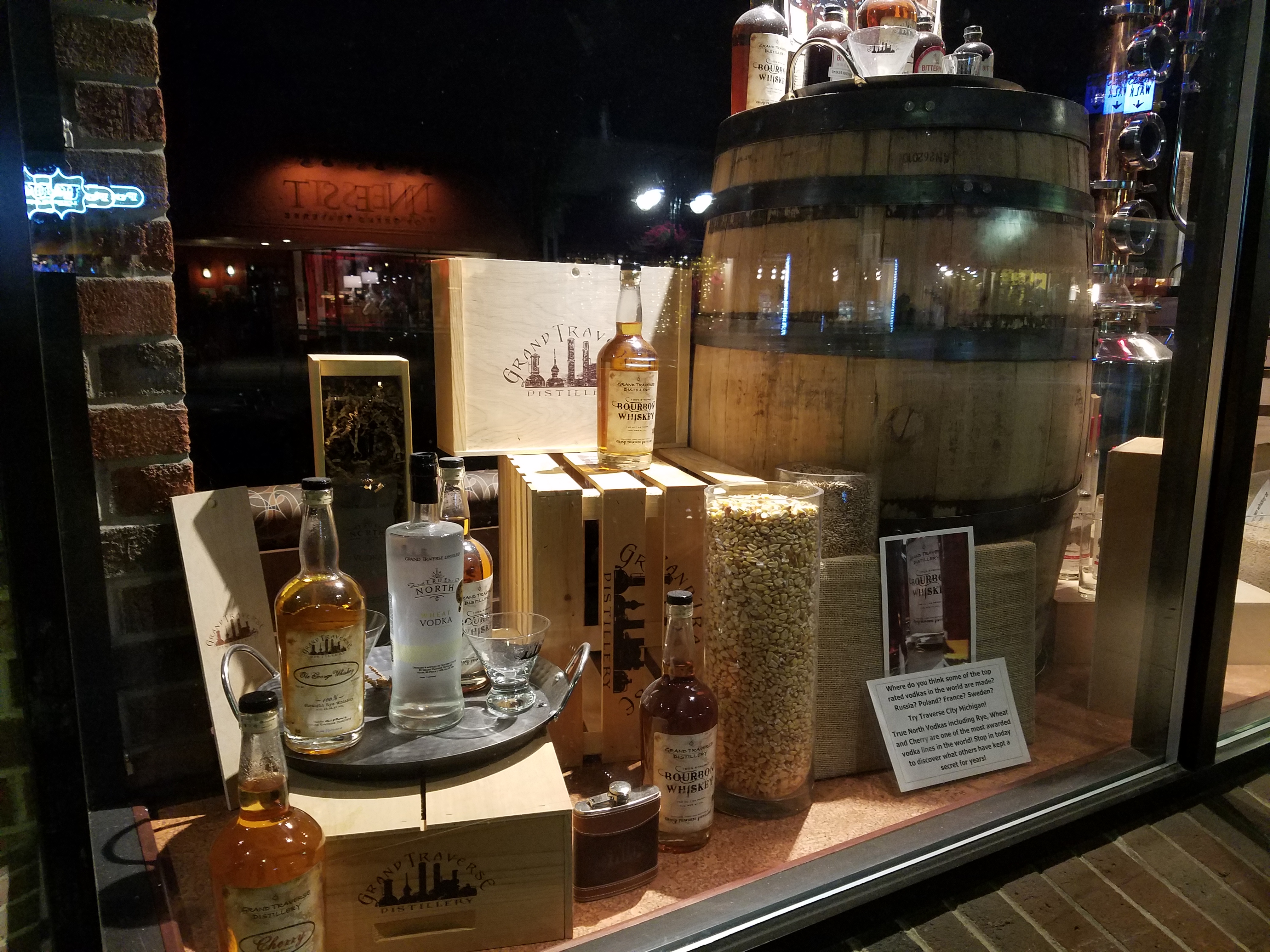

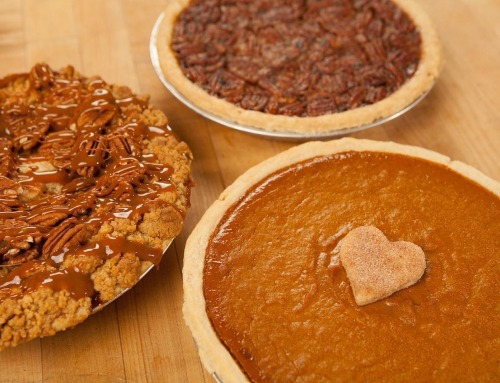
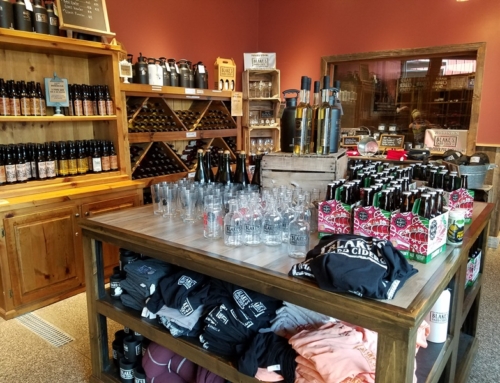
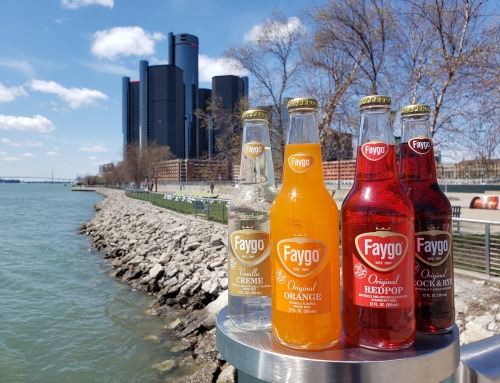
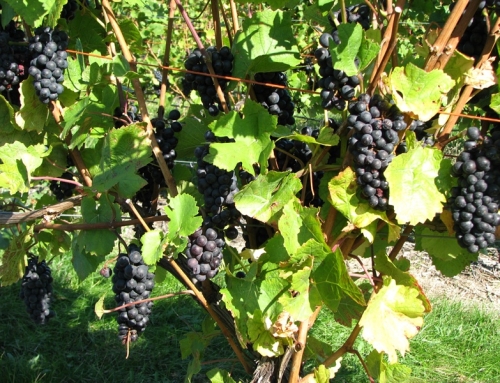
Leave A Comment
You must be logged in to post a comment.